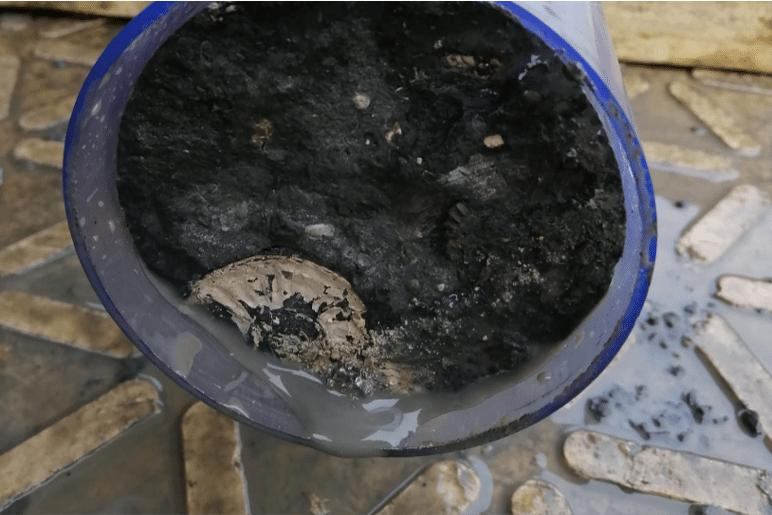From 1967 to 1969, the so-called Mochras borehole was drilled on the coast of West Wales. This well penetrated a biostratigraphically complete succession of 1300 m of Lower Jurassic marine mudstones, which was three times the thickness of any other time-equivalent interval seen in other UK boreholes.
The Mochras Lower Jurassic section is also renown for its uniform lithology consisting of argillaceous sediments and the biostratigraphic information that could be retrieved from it. Despite the importance of the borehole in terms of Jurassic palaeogeography and basin development, the log suite acquired in the borehole was very limited and did not cover the entire succession. This triggered an international team of geoscientists to propose a new well to be drilled in the framework of the International Continental Scientific Drilling Program.

Initially, a well location very close to the old Mochras site was chosen for the new borehole, but after careful consideration another location near the village of Prees (south of Liverpool) was picked further inland where the Lower Jurassic-Triassic attains a thickness of around 850 m.
An international team of geoscientists, led by principal investigator Stephen Hesselbo from the University of Exeter, is on-site most of the time now that drilling has started. The aim of the JET-project (Early Jurassic Earth Systems and Timescale) is to core the Lower Jurassic and also run wireline logs to document the lithological changes in the most accurate way, enabling further analysis on the geochemistry, biostratigraphy and magnetostratigraphy of the Lower Jurassic, including the transition into the Triassic.
Four days ago, the first core was retrieved from the borehole; a 0.8 m section from the Lower Jurassic mudstone. A day later, a total of 60 m was cut, with lots of fossils visible at the ends of the cored sections (see below). The latest update on the website documented the find of the first ammonite (see featured image) after retrieving 100 m of core. This well is certainly going to result in a lot of scientific output.

HENK KOMBRINK





